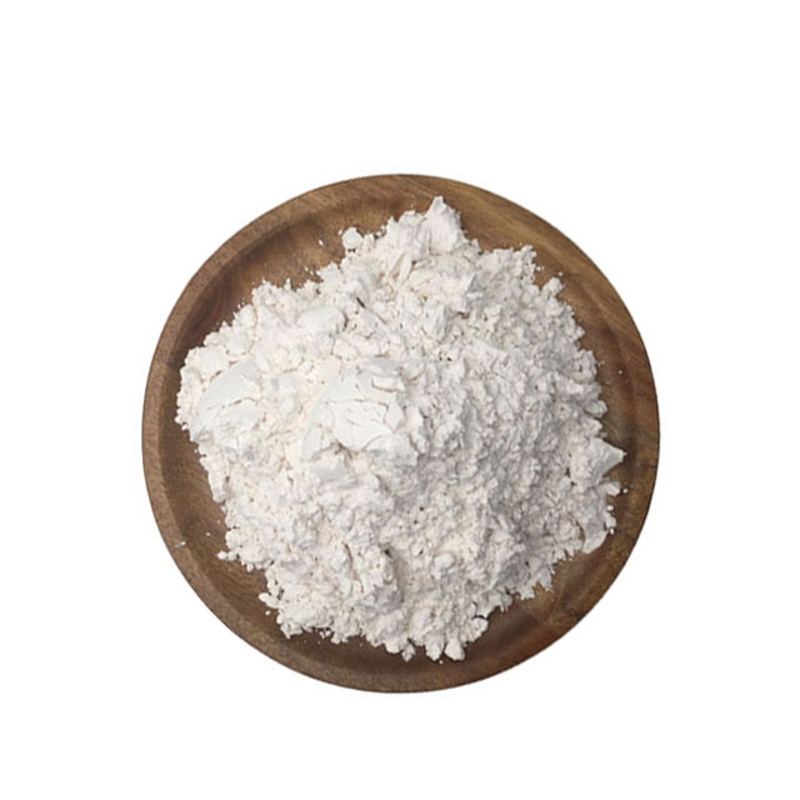-
Categories
-
Pharmaceutical Intermediates
-
Active Pharmaceutical Ingredients
-
Food Additives
- Industrial Coatings
- Agrochemicals
- Dyes and Pigments
- Surfactant
- Flavors and Fragrances
- Chemical Reagents
- Catalyst and Auxiliary
- Natural Products
- Inorganic Chemistry
-
Organic Chemistry
-
Biochemical Engineering
- Analytical Chemistry
- Cosmetic Ingredient
-
Pharmaceutical Intermediates
Promotion
ECHEMI Mall
Wholesale
Weekly Price
Exhibition
News
-
Trade Service
Prostate cancer (PC) is one of the most common cancers.
standard treatment for prostate cancer patients is a cured prostatectomy (RP) or radiotherapy;
study is a retrospective, multi-center analysis designed to evaluate the role of prostate-specific membrane antigen (PSMA) PET/CT in diagnosing and locating prostate cancer root treatment (RP) recurrence.
specifically mention the low PSA group below PSA0.5 ng/mL to help around the inclusion of this group? Discussion of guidelines and financing avenues.
a retrospective analysis of patients in the joint PSMA database in Australia and New Zealand.
222 RP postoperative recurrence patients were divided into 5 PSA groups (ng/mL): 0 to 0.19, 0.2 to 0.49, 0.5 to 0.99, 1 to 1.99 and ≥2.
lesions found during the DCFPyLPET/CT examination were recorded as local relapses, regional lymph nodes, and metastasis.
155 (69.8%) had abnormal intake in 222 patients with relapsed detection rates in different PSA-level groups, suggesting a recurrence of prostate cancer.
the PSA level at ≥2 ng/mL, 1 to 1.99 ng/mL, 0.5 to 0.99 ng/mL, 0.2 to 0.49 ng/mL, ≤0. The diagnostic efficiency of 2 ng/mL patients was 91.7% (44/48), 82.1% (23/28), 62.8% (27/43), 58.7% (54/92), 63.6% (7/11).
patients with PSA-lt;0.5 ng/mL had a recurrence site in patients with PSA-lt;0.5 ng/mL, 47.6% (49/10 3) of patients detected lesions, 71.4% (35/49) The lesions were confined to the pelvic cavity, 22.4% (11/49) for prostate bed recurrence, 49.0% (24/49) for pelvic lymph node metastasis, and 28.6% (14/49) for pelvic lesions.
above, the detection rate of postoperative recurrence cases of RP is higher in DCFPyL PET/CT, even when the PSA value is low (the detection rate of relapsed patients with pSA values below 0.5 ng/mL remains basically unchanged).
use of strict PSA thresholds in determining PSMA PET/CT funding eligibility guidelines can cause a large number of patients below these thresholds to delay treatment due to delays due to delays in time for diagnosis.







